Phylum Rotifera
Common name: rotifers
Overview
Rotifers are small, translucent or transparent, cylindrical animals which all have a ring of cilia around the head. The name rotifer derives from this feature. Rotifers range in size from 0.1 mm to 1 mm long and 10 �m to 1 mm diameter, but most are capable of considerable longitudinal and radial expansion or contraction. Rotifers are a well defined phylum quite unlike any other animal, but their evolutionary relationship to other phyla remains unclear: they have been thought related to nematodes, nematomorphs and other small phyla in a group known as aschelminths, but some evidence points to a relationship with acanthocephalans.
Distribution and diversity
There are an estimated 2000 species known worldwide, many cosmopolitan, but there are undoubtedly many undescribed species.
Life cycle
Rotifers have a short, direct, viviparous life cycle. Reproduction is by parthenogenesis in most species, while sexual reproduction with separate sexes also occurs in some groups. In parthenogenetic species, eggs are produced by mitosis and always hatch into females. Females of mobile species hatch as small versions of adults and achieve sexual maturity after a short period. Sessile species may have a very short planktonic stage, which resembles free-swimming rotifers, before setting and assuming adult shape. In species reproducing sexually, parthenogenesis is still the most common method of reproduction for most of the time. Sexual reproduction only takes place at certain times, and is induced by environmental factors such as high abundance, changes in food supply, photoperiod or temperature. When males occur, they are always smaller than females, hatch sexually mature, lack a functional gut and have no growth period before mating and dying after a very short time. Males are haploid and are produced following meiosis. Most rotifers have no true cuticle and do not moult.
The life cycle is typically a few days to two weeks, but eggs may be produced as little as two days after the parent itself hatched. The maximum life span is about two months. Different types of eggs are produced. Some have thin shells and hatch within a few days. Others may form a resistant resting stage capable of survival for many years before hatching. Females usually lay between 10-50 eggs.
Feeding
Rotifers are either suspension feeders (Digononta), predators on protozoa, other rotifers and other small metazoans (Monogononta), or herbivores on filamentous algae (Digononta & Monogononta). The ring of cilia (known as the corona) and the pharynx (known as the mastax), are modified to adapt to these different modes of feeding. A few species are endoparasites of snail eggs, the intestine or body cavity of earthworms, freshwater oligochaetes and molluscs. One genus lives within the filaments of a freshwater alga.
Ecology
Rotifers are found in huge numbers in most freshwater habitats, but they also occur in moist terrestrial habitats, particularly moss beds. A few species occur in estuarine or marine habitats, and a few are parasitic. Most rotifers are solitary, but colonial species are known.
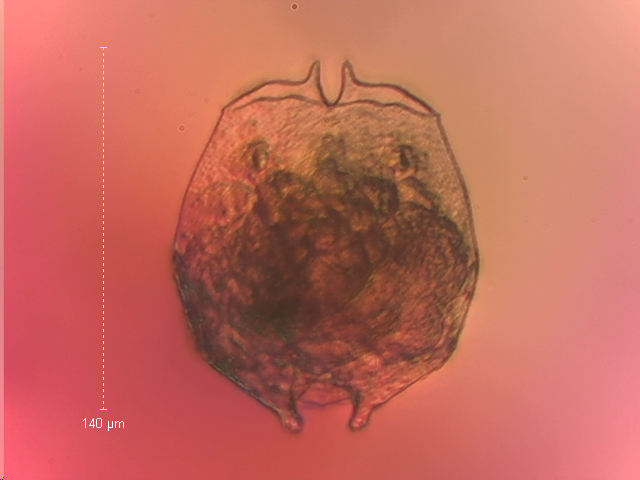
Brachionidae - Brachionus lyratus
Image credit: � Russell Shiel
used with permission
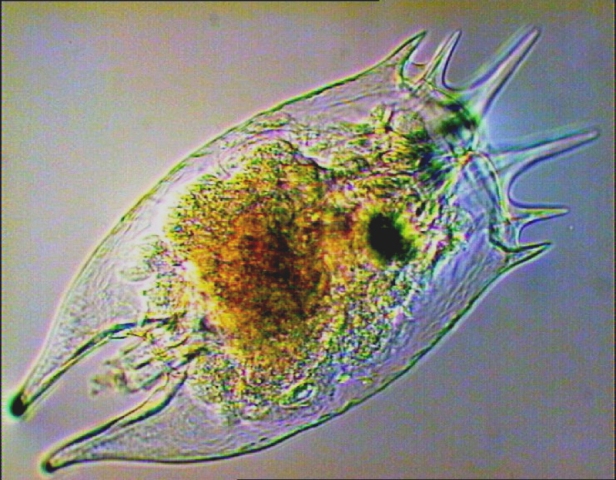
Brachionidae - Brachionus novaezealandiae
Image credit: � Russell Shiel
used with permission
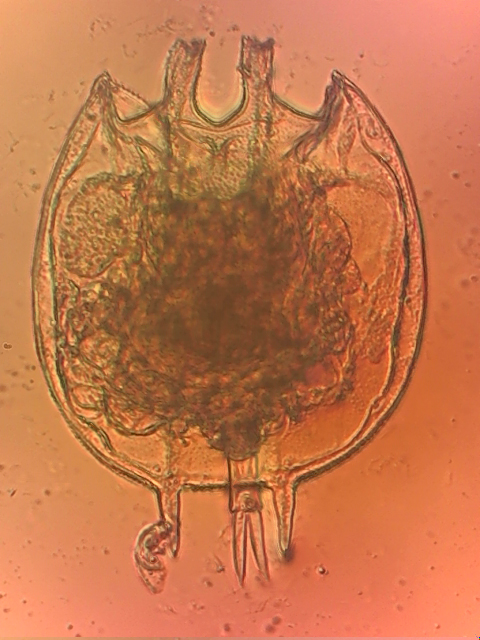
Brachionidae - Platyias quadricornis
Image credit: � Russell Shiel
used with permission
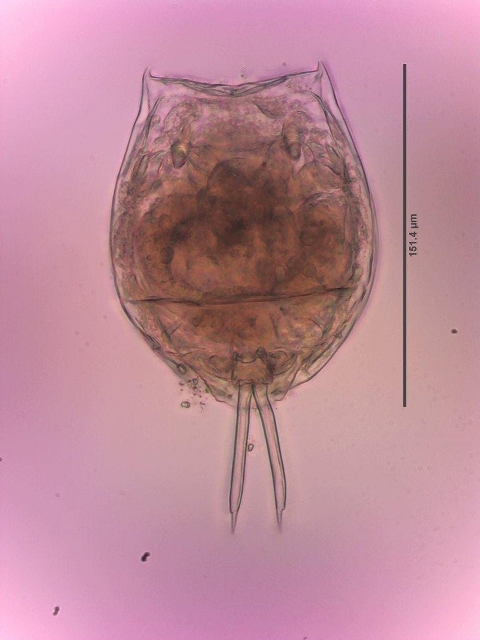
Lecanidae - Lecane curvicornis
Image credit: � Russell Shiel
used with permission

Mytilinidae - Mytilina acanthophora
Image credit: � Russell Shiel
used with permission
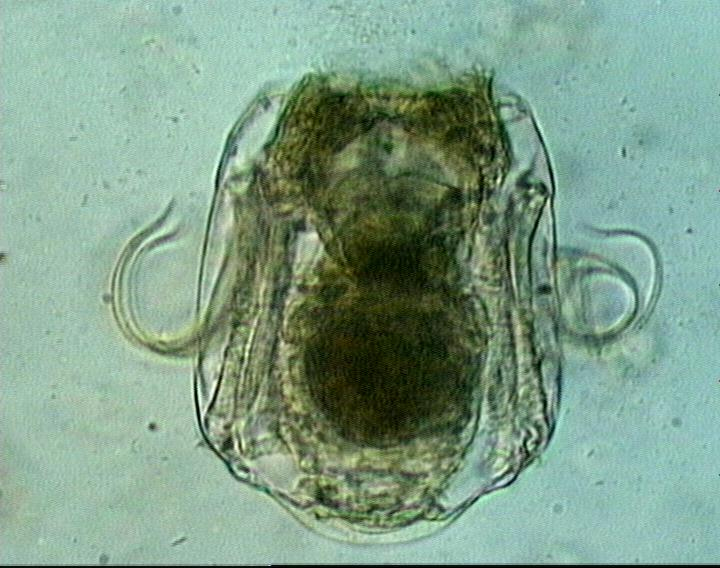
Synchaetidae - Polyarthra dolichoptera
Image credit: � Russell Shiel
used with permission
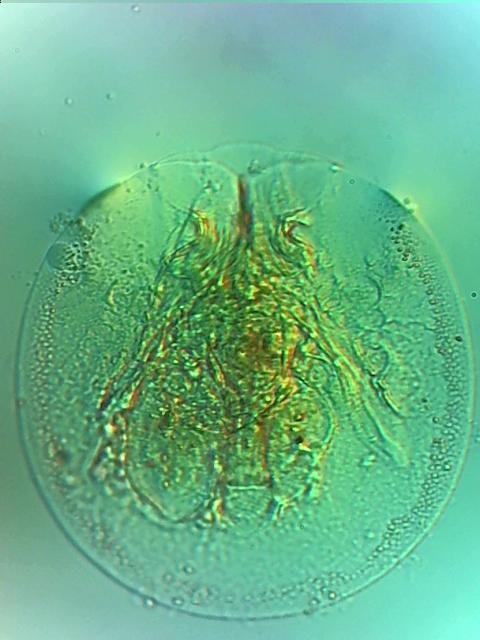
Testudinellidae - Testudinella patina
Image credit: � Russell Shiel
used with permission
References and further information
ABRS Australian Faunal Directory: Rotifera
Atlas of Living Australia: Rotifera
Encyclopedia of Life: Rotifera
Tree of Life: Rotifera
Introduction to the Rotifera













